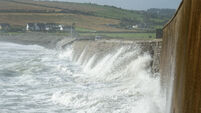Homes, offices, and more: Cork's docklands reborn
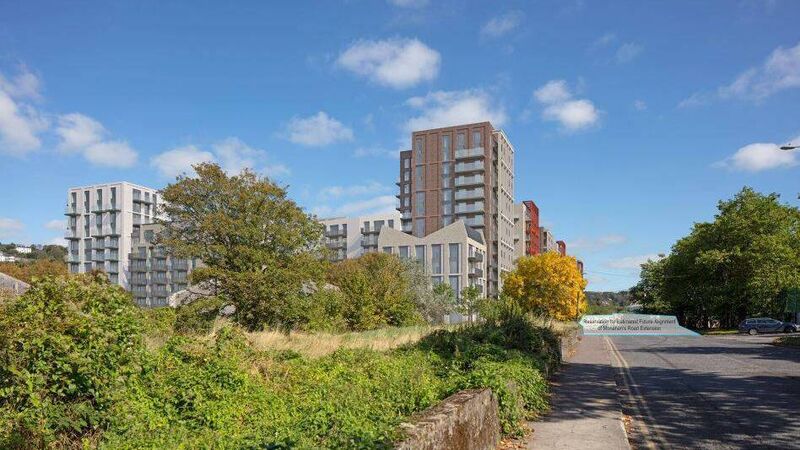
A view of the proposed docklands development from Monahan Rd, looking east.
More than a decade after a €1bn regeneration plan for the site sank without trace, new plans for 1,000 apartments on the Live at the Marquee site in Cork’s south docks have emerged.
Marina Quarter Ltd, part of the Glenveagh Group, has lodged an application with An Bord Pleanála for its South Docks strategic housing development (SHD) project on the former Ford motor company distribution site between Centre Park Rd and Monahan Rd, close to Páirc Uí Chaoimh.
The near six hectare site has hosted the Live at the Marquee concert series since 2005. Its eastern flank will overlook Marina Park, which is being developed by Cork City Council.
And if planning is granted, 10% of the apartments, about 100 in a mix of one, two and three bedroom apartments, will be provided to Cork City Council to comply with Part V of the planning and development act, at an estimated cost of just over €45m.
Documents in the planning files show that one of the 15 one-bedroom apartment types to be provided will cost the council just over €309,000, while one of the 15 three-bedroom apartment types to be provided will cost almost €615,000.
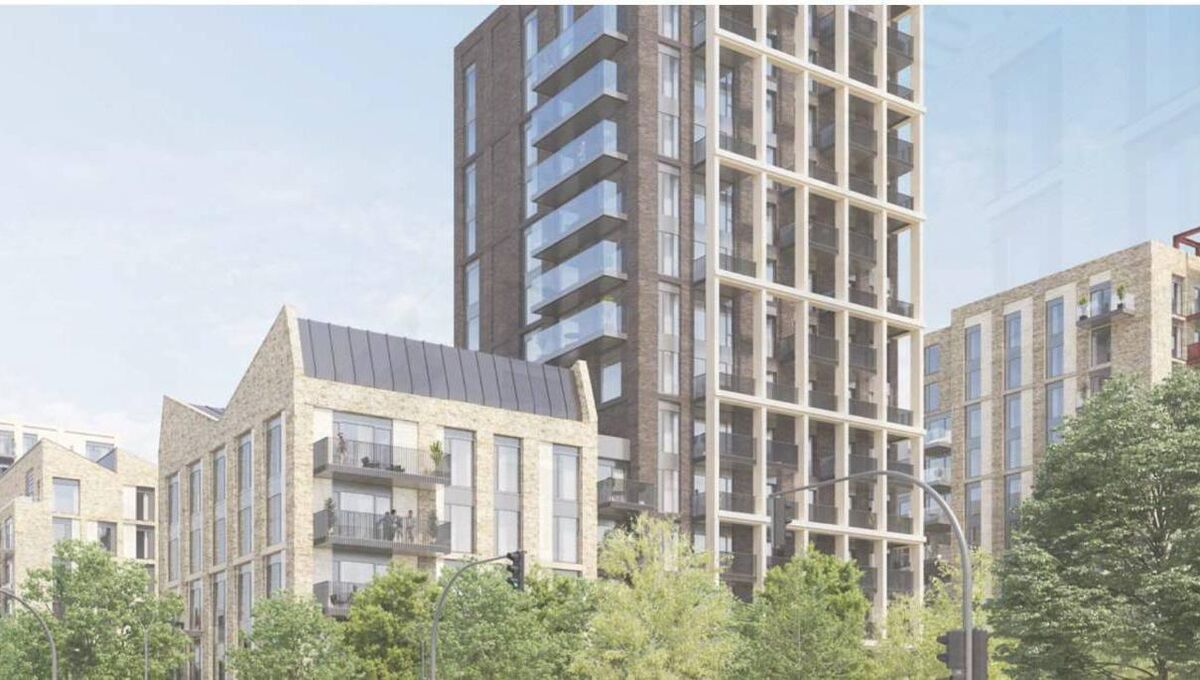
The Marquee site was the same one earmarked in 2008 by the once high-profile property company, Howard Holdings, for their ambitious €1bn Atlantic Quarter project.
Their plan included three soaring tower-blocks to deliver 575 residential units, 51,000 sq m of office space, a 5,000-capacity event and conference centre, and a hotel.
They described the project at the time as being a potential “strategic counterweight” to Dublin’s IFSC but it never materialised and Howard Holdings fell victim to the recession.
The site has remained vacant since, hosting the Marquee summer concerts, funfairs and ice skating events, but the 2008 grant of planning on the site was extended by the city council last March to October 12, 2024.
The site was acquired in 2018 by Marina Quarter Ltd for just over €15m and, following lengthy engagement with city council and An Bord Pleanála, the scale and detail of its SHD project has now emerged.
The company has applied for a 10-year planning permission for a mixed-use SHD, which will include:
- the construction of 1,002 apartments comprising a mix of studio, one, two and three-bed apartments in 12 blocks, ranging in height from four to 14 storeys;
- the residential blocks will include commercial and community facilities, including five retail units, a Montessori school and a creche, a medical centre, bar, café, a venue and performance area, as well as two community resource spaces;
- pocket parks, a linear park, residential squares, and urban spaces.
The apartment buildings will be built in three courtyard blocks — each to include four distinct buildings gathered around a communal courtyard space.
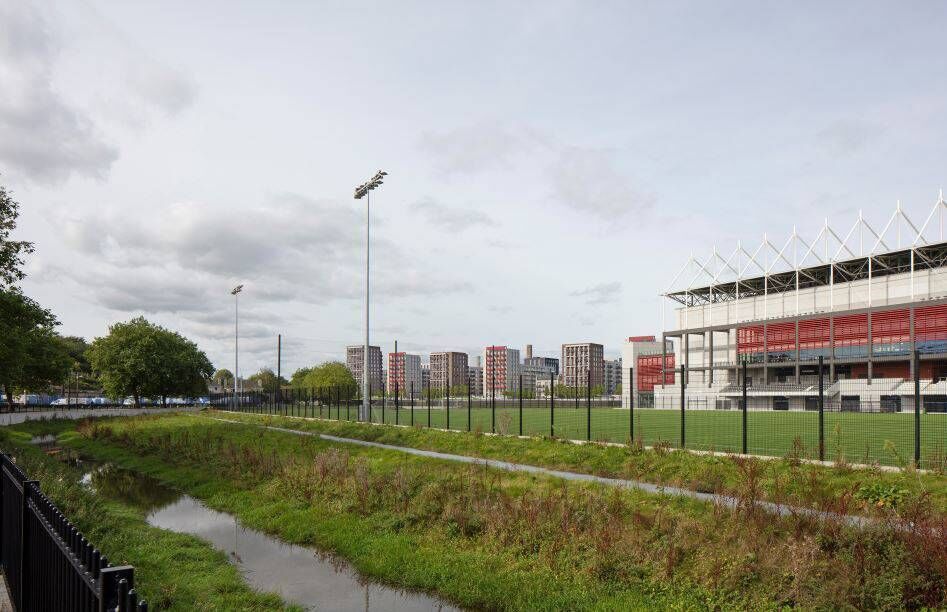
It includes plans for a new road through the site to link Centre Park Rd and Monahan Rd, for two new pedestrian streets to link the same roads, and it will also factor in city council plans for an extension to Monahan Rd, to ultimately tie in with the proposed eastern gateway bridge to link the south docks to Tivoli.
The SHD planning documents include detailed reports on the site’s lack of public transport links and its potential flood risk.
They say that the construction of the apartments and the delivery of infrastructure upgrades by either the local authority or the state, including upgrades to Monahan Rd and the development of the eastern gateway bridge, are not interdependent.
The developers say the 12 proposed residential blocks will be developed in three phases over several years, with about 100 residential units being delivered annually which will allow the external infrastructure and community facilities to be delivered in tandem with the residential development.
The planning reports also point out that the site lies on the strategic transport corridor intended to facilitate a rapid transit system — a bus-based system first followed by a light rail system — as identified in the Cork Metropolitan Area Transport Strategy.
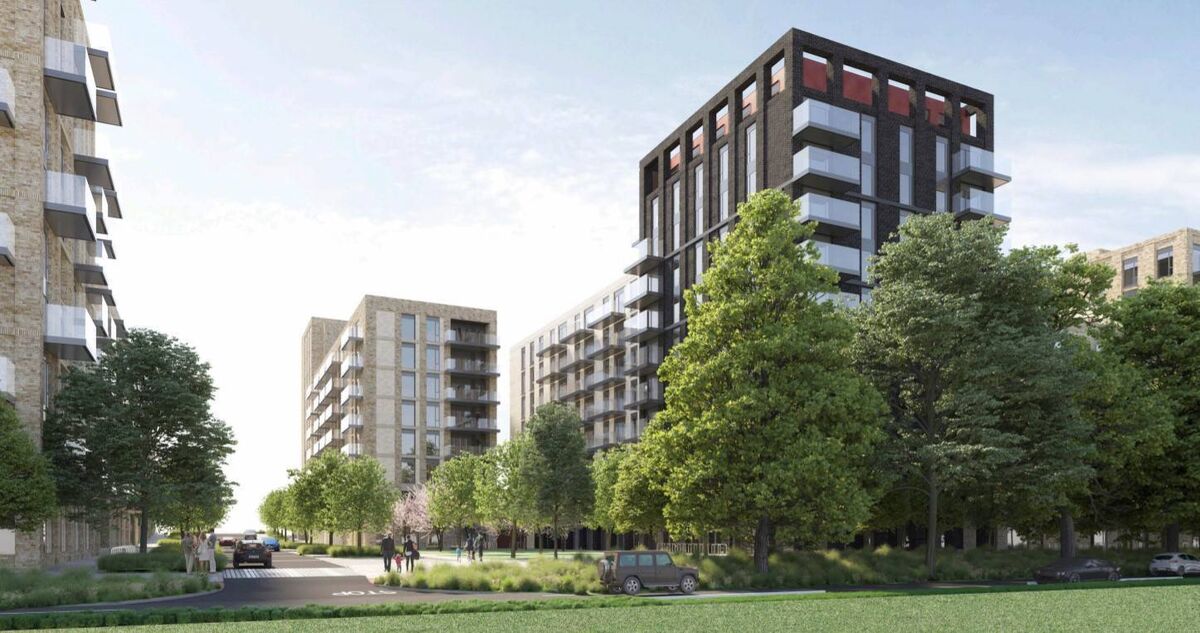
And while the development site is at risk of both fluvial and tidal flooding, located within the one-in-200 year tidal flood extent according to flood maps, the developer’s planning reports say it is protected to “a very high standard” by the existing polder defences along the quayside.
“Cork City Council intend to raise this polder defence in the future to ensure the existing standard of protection is maintained or increased. Accordingly, it will be the primary flood protection measure for docklands,” the reports say.
But the developers say the design and construction of the proposed development itself will provide a secondary line of flood defence, with all highly vulnerable development at higher levels so that the development is not reliant on the polder defences.
All of its residential development will be placed at first-floor level to provide protection for a one-in-1,000 year tidal flood level, plus an allowance for a greater than 2m rise in sea levels.
Notwithstanding this, the developers say demountable flood defence barriers will also be factored in at strategic openings, and a ‘flood emergency response plan’ will be developed to warn people that the buildings are located in a potential flood zone.
Cork’s 160-hectare city docks region, running east from Cork city to Tivoli with four kilometres of waterfront, is a development area of national significance that is unequalled in Munster and only rivalled in Ireland by Dublin's docklands.
Unlocking its potential is vital if Cork is to achieve ambitious population, housing and employment growth targets set out in recent national development plans.
The north docks area is bounded on the north by St Luke’s and Wellington Rd, while the much larger south docks region runs from Albert Quay east to Páirc Uí Chaoimh.
While a number of ‘vision documents’ for both the north and south docks have been produced over the last 20 years, most of the development on the area has been close to the city centre.
But, in recent years, developers have taken big bold steps eastwards.
Work on schemes in the north docks is well under way, with BAM and Clarendon’s Horgan’s Quay project largely complete. It includes offices, apartments, and the recently opened Dean Hotel.
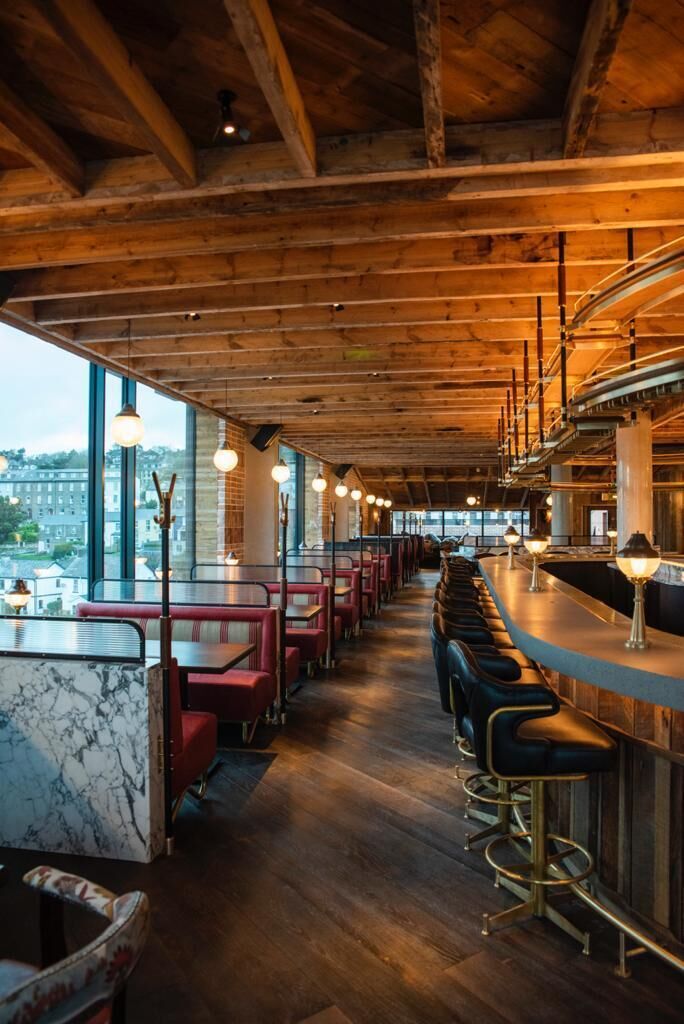
Planning permission granted to Tower Holdings for a 34-storey 241-bedroom hotel on the historic Custom House Quay site has been appealed to An Bord Pleanála.
Developers JCD, who have built offices on the north docks, also have planning permission for a 25-storey residential tower on the former Sextant site on the south docks.
A final decision is also expected soon on a proposal to move the Gouldings fertiliser facility from the city's south docks to Belvelly Port Facility; the former IFI site at Marino Point.
Gouldings has operated from the city docklands site since 1955 and the increase use of the new Belvelly port facility is part of the Port of Cork’s wider move from the city’s docks to consolidate its activities downstream.
Separately, the Port of Cork hired consultants to prepare an urban masterplan for its Tivoli docks site on the northern docks, which has potential to accommodate thousands of new homes.
The site will become available for development from around 2025 when the Port’s container operations relocate fully to Ringaskiddy.
The potential of the 150-acre Tivoli site is enormous. It is equivalent in size to the area between the port’s Custom House Quay headquarters and the gates of UCC.
The masterplan includes ambitions to exploit the site’s marine leisure potential.
A €6m city council plan to upgrade roads into the south docks to facilitate such regeneration schemes, the Docklands to City Centre Road Network Scheme, which includes extensive work on Victoria Road and the Old Blackrock Road, including contra-flow bus and cycle lanes, is facing a legal challenge.
Consultants were engaged in October to design an extension to Monahan Rd to the eastern flank of the Marquee development site, which will ultimately tie in to the proposed eastern gateway bridge, linking the south docks to Tivoli.
The rapid pace of dockland development proposals, including the tower on the Custom House Quay site and the demolition of the Sextant, has sparked a wider debate about how the rich history and industrial heritage of the docklands can be protected in the new city development plan.










